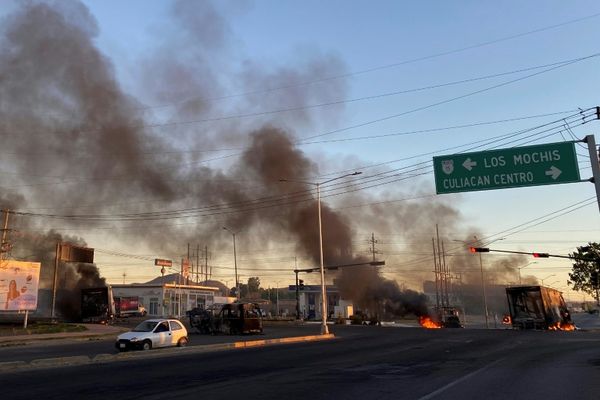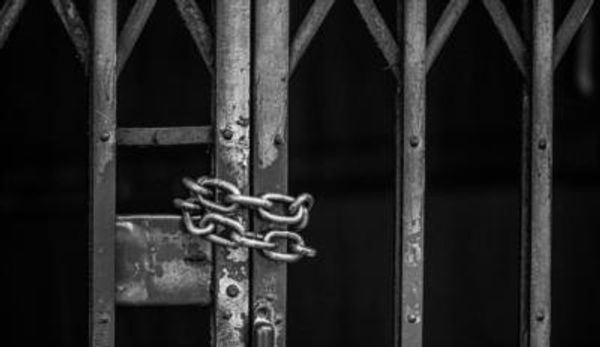
Bank of England governor Andrew Bailey
(Picture: REUTERS)So what sort of recession are we in for? Whatever the impact one thing is for certain, we are seeing them come round more often again.
Taking from let’s say 1966, the last year an England football team came away with a trophy at a major tournament, to this year of Lioness triumph, there have been five — with a sixth coming this winter, if the Bank’s number- crunchers are right. Six slumps of hurt.
The first three came in a 17-year burst — starting in the mid-Seventies, followed by a second in the early Eighties and another in the early Nineties.
All were associated with spiralling levels of unemployment that were deeply scarring for society. But then nothing for another 17 years up to 2008, followed by a further trio of recessions over 15 years — caused by in turn the financial crisis, the pandemic and now the fallout from the Ukraine war.
If there is a difference between the two recessionary bursts it is that the first three were more closely linked to profound weaknesses in the British economy, the latter to “black swan” global events that the UK was utterly powerless to resist.
There is no doubt the coming year will be painful for very many people. But hopefully we will avoid the stock and property market collapses and widespread corporate failures of the Seventies, the appalling mass joblessness of the Eighties, and the negative equity and repossession disaster of the Nineties.
In terms of human welfare the key point is that unemployment remains remarkably low. The predicted squeeze on living standards will be undeniably deeply uncomfortable for many but the majority should muddle through.
There are few signs of it yet but if the downturn starts to feed through to the labour market and those dole queues begin to lengthen, then all bets are off.







